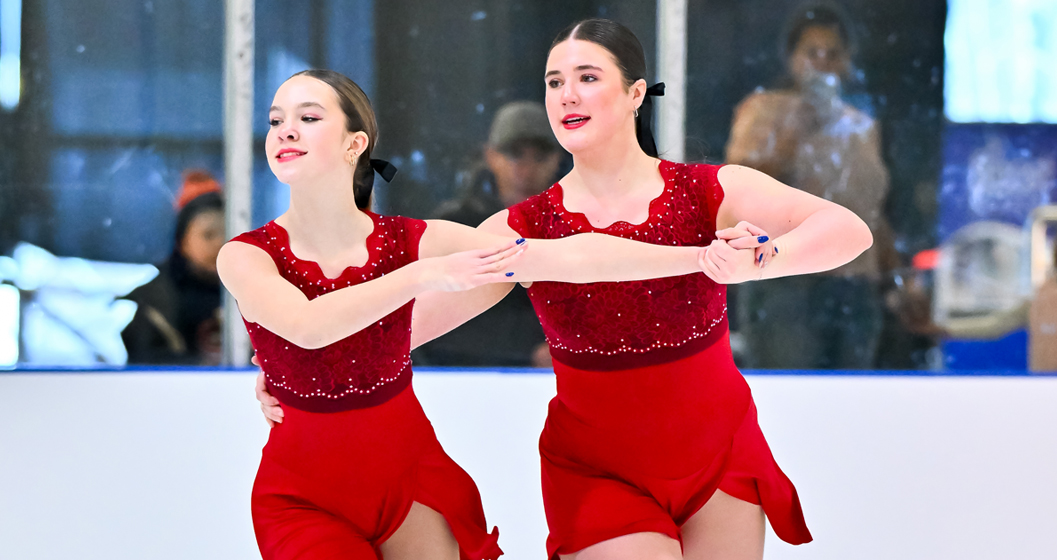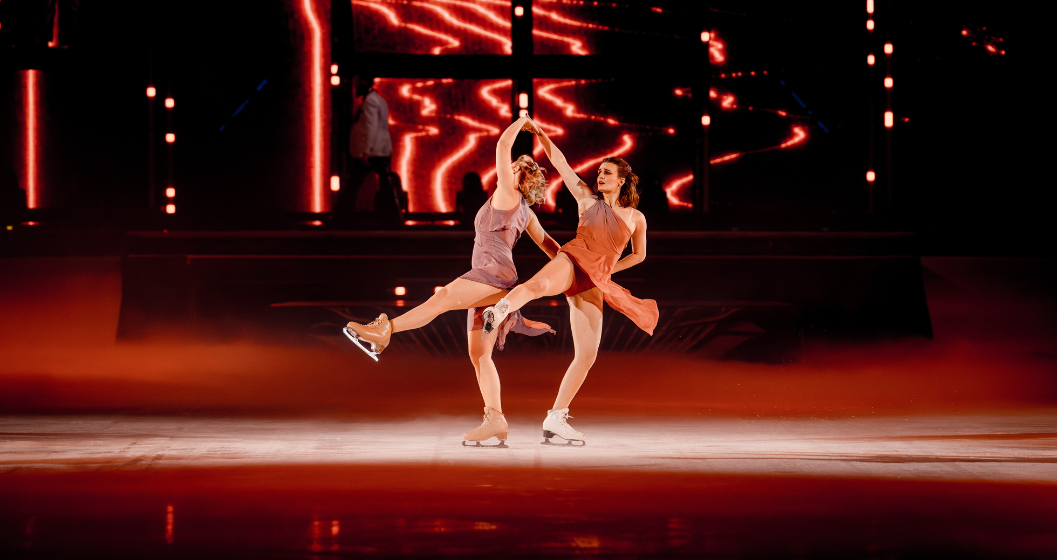Breaking Barriers on the Ice: Challenging Gender Norms in Figure Skating
Since its inception, figure skating has grappled with gender norms. Originally a male-dominated sport, things began to shift in 1902 when British skater Madge Syers became the first woman to compete at the World Figure Skating Championships, earning silver. Her bold move led to the creation of a women’s category—proving change is possible.
Historically, the sport has reinforced stereotypical ideas of femininity and masculinity. For example, ISU rules have gone back and forth in the last 25 years on when and in which disciplines women can wear pants or leotards. These rules also continue to stipulate men must wear full length trousers. At various moments in skating history, athletes and sports organizations have challenged these norms, making skating more inclusive.
Gender norms in pairs, dance and team skating have also changed throughout the decades. In the early 1900s men practiced skating skills patterns in pairs or small groups; with same-gender pairs and dance teams being part of the sport across various decades. Synchronized skating has always defined teams by the number of skaters, without reference to gender, and Canada’s STARSkate and Adult skating pathways removed gender-based definitions of pairs and dance teams in 2019.

Pre-novice ice dance team Kate Glover and Charlotte Stoyles (NL) at the 2025 Skate Canada Trophy.
In 2022, Skate Canada further removed gender-based restrictions in the pairs and dance podium pathway, becoming the first federation to redefine a ‘team’ as two skaters. This change sparked conversations across the skating world, challenging current norms and opening doors for creativity and artistic expression.
At the Canadian national level, athletes have already begun embracing these inclusive rule changes in real time, with same-gender teams competing at the pre-novice and novice championships. STAR athletes across the country also take up opportunities to participate in pairs and dance not constrained by gender-based barriers.
Fast forward to today — Skate Canada is leading the charge, focusing on a skater-first approach where barriers to participation in all skating disciplines are minimized, allowing athletes to be their most authentic selves on the ice. The philosophy is simple: give skaters options and let them and their coaches decide on a model of skating that works best.

Gabriella Papadakis and Madison Hubbell at the Art on Ice show in Zurich. (Photo credit: Art on Ice)
Momentum grew when Olympic ice dance medalists Gabriella Papadakis (France) and Madison Hubbell (USA) took the conversation to a mainstream level. The two friends had been training alongside each other for years with their respective partners, dreaming about skating together. “We’d say it on the ice—’Oh, I wish I could skate with you,'” Hubbell shared. When they finally got the chance after retiring from competition, it wasn’t just about skating—it was about breaking barriers.
Papadakis admitted that their partnership revealed gaps in her training: “There were so many things I had never learned but suddenly wished I knew.” Their project became bigger than themselves. “For me, it was an opportunity to put it out there, give visual representation, start the conversation, and make sure people understand they are welcome in this space—however they want to express themselves on the ice,” Hubbell said.
Their project has elevated Skate Canada’s message on a global stage. “Everyone is having fun and learning—that’s been our message all along,” President Karen Butcher added.
That’s what Skating for Everyone is all about. Skating shouldn’t be determined by what you’re wearing, what you look like or who you are — everyone deserves to have a safe and welcoming environment where they can learn to skate and reach their goals.

The ‘Boys on Blades’ Synchronized Skating team (NL)
Whether it’s forming an all-male synchro team or finally getting the chance to skate with your best friend, every effort toward inclusion matters. “We’re just honored to be part of this amazing community. If anything we do can make even the smallest difference, we’ll do it—every day, in every way” said Skate Canada CEO Debra Armstrong.